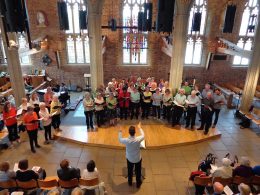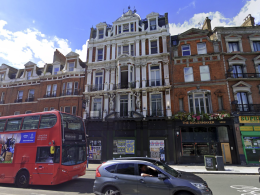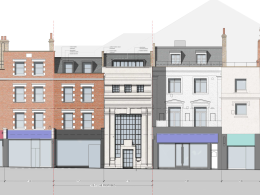The Save Wimbledon Park campaign has lost its High Court bid to overturn approval for the All England Lawn Tennis Club’s (AELTC) controversial £200 million expansion onto protected land at Wimbledon Park — but say they will seek leave to appeal and pursue other legal routes to stop the development.
In a ruling [pdf] handed down on Monday, Mr Justice Saini found that the Greater London Authority (GLA) acted lawfully when Deputy Mayor Jules Pipe approved the AELTC’s planning application in November 2024. The plans would see the tennis club almost triple in size, building 39 new courts including an 8,000-seat stadium, on the site of the former Wimbledon Park Golf Club.
The judicial review argued that the development would breach longstanding covenants and protections applying to Metropolitan Open Land — the urban equivalent of green belt — and that the GLA had failed to properly account for these constraints in its decision-making.
But while the court sided with City Hall, SWP announced it will apply for permission to appeal to the Court of Appeal. “This judgment would, if it stands, set a worrying precedent for the unwanted development of protected green belt and public open spaces around London and across the country,” said SWP director Christopher Coombe.
Public access or private gain?
The AELTC has defended the expansion as a long-term investment in the Championships, arguing that it will allow the qualifying tournament — currently held off-site in Roehampton — to be brought to the main venue. The club has also pledged to open up a new 23-acre public park outside tournament times, replacing the now-defunct private golf course.
But opponents say that this comes at the cost of a decade of construction, loss of public enjoyment of green space, and the erosion of land protections that date back more than 30 years.
Campaigners point to a 1993 agreement between Merton Council and the AELTC that included restrictive covenants requiring the land to be kept open and undeveloped. As Mr Justice Saini noted in his ruling: “It is not in issue that the Golf Course Land is the subject of restrictive covenants which require it to be kept open and free of built development.”
SWP maintains that these covenants remain binding and enforceable — and that the AELTC’s development cannot proceed unless they are formally released by Merton Council, which owns part of the freehold.
Hope now rests on a second legal case
Beyond the appeal bid, a second legal case — due to be heard in January 2026 — will consider whether the land is also protected by a statutory public recreation trust, which would pose another major barrier to development. The AELTC has acknowledged the incompatibility of its plans with such a trust, should the court confirm its existence.
“We continue to hope that [the AELTC] could be persuaded to engage constructively with us, with a view to achieving a resolution of this four-year-old dispute,” said SWP.
While Monday’s ruling marks a setback for opponents of the scheme, the battle for Wimbledon Park appears far from over.









